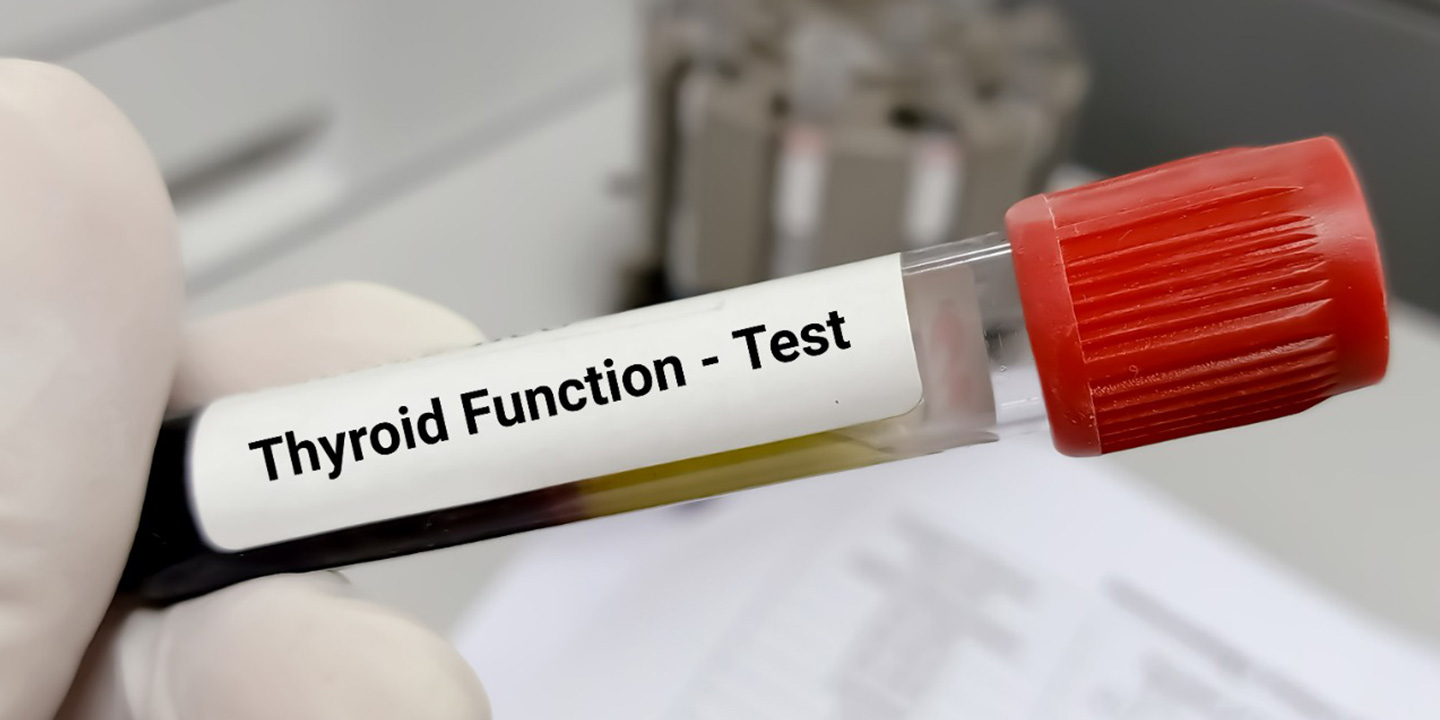In the complex world of long-term healthcare, efficient invoice processing is crucial for maintaining cash flow and ensuring timely reimbursements. However, the traditional manual approach to handling invoices can be time-consuming, error-prone, and resource-intensive. This is where the automated insurance process comes into play, offering a solution that streamlines the entire process and improves overall operational efficiency.
Invoice automation refers to the use of technology and software solutions to automate the various steps involved in processing invoices, from data extraction and validation to approval workflows and payment processing. By eliminating manual tasks and introducing intelligent automation, healthcare providers can significantly reduce the time and effort required to manage invoices, while also improving accuracy and enhancing compliance with regulatory requirements.
Automating the insurance process for long-term healthcare invoices can provide numerous benefits, including:
Increased Efficiency and Productivity
Manual invoice processing is a laborious and time-consuming task, often involving multiple steps such as data entry, validation, and routing for approvals. By automating these processes, healthcare providers can significantly reduce the time and effort required, freeing up valuable resources to focus on core patient care activities.
Improved Accuracy and Compliance
Human error is a common issue in manual invoice processing, leading to costly mistakes and potential compliance violations. Automated solutions can help eliminate errors by validating data against predefined rules and ensuring that invoices comply with regulatory requirements and organizational policies.
Enhanced Visibility and Reporting
Automated invoice processing systems provide real-time visibility into the status of invoices, enabling better tracking and monitoring. Healthcare providers can easily access detailed reports and analytics, allowing them to identify bottlenecks, monitor performance metrics, and make data-driven decisions.
Faster Payment Cycles
By streamlining the invoice processing workflow, healthcare providers can significantly reduce the time it takes to process and approve invoices. This, in turn, leads to faster payment cycles, improving cash flow and strengthening relationships with suppliers and insurers.
Scalability and Flexibility
As healthcare organizations grow and expand their services, manual invoice processing can become increasingly challenging and inefficient. Automated solutions are designed to be scalable and flexible, allowing healthcare providers to easily adapt to changing volumes and evolving business requirements.
To successfully automate long-term healthcare invoice processing, organizations should follow a structured approach that involves the following key steps:
Process Mapping and Analysis
The first step is to thoroughly map and analyze the current invoice processing workflow. This involves documenting each step, identifying bottlenecks, and understanding the specific requirements and challenges faced by the organization.
Solution Selection
Based on the process analysis, healthcare providers should evaluate and select the most suitable invoice automation solution that aligns with their specific needs and requirements. This may involve evaluating various vendors and considering factors such as functionality, integration capabilities, and scalability.
Data Capture and Extraction
A critical aspect of invoice automation is the ability to accurately extract data from invoices, regardless of their format (e.g., paper, PDF, or electronic). Advanced technologies like optical character recognition (OCR) and intelligent data capture can be leveraged to automatically extract and validate invoice data, reducing manual effort and minimizing errors.
Workflow Automation
Once invoice data is captured, the next step is to automate the workflow processes. This involves defining rules and routing mechanisms for invoice approval, exception handling, and integration with existing systems such as enterprise resource planning (ERP) and accounting software.
Integration and Testing
To ensure seamless operations, the automated insurance process must be integrated with other relevant systems and applications used within the healthcare organization. Thorough testing should be conducted to validate the end-to-end process and identify any potential issues or integration challenges.
User Training and Adoption
Effective user training is crucial for successful adoption and maximizing the benefits of the invoice automation solution. Healthcare providers should develop comprehensive training programs and change management strategies to ensure that staff members understand the new processes and can leverage the automated system effectively.
Continuous Monitoring and Improvement
Invoice automation is not a one-time implementation; it requires ongoing monitoring and optimization. Healthcare providers should regularly review and analyze performance metrics, identify areas for improvement, and make necessary adjustments to ensure that the automated processes remain efficient and aligned with evolving business needs.
When implementing invoice automation for long-term healthcare, it is essential to consider the unique challenges and requirements of the industry. For example, healthcare providers may need to handle invoices from various insurers, each with their specific requirements and formats. Additionally, compliance with regulatory standards, such as HIPAA and other data privacy laws, must be a top priority.
By leveraging advanced technologies and following best practices for invoice automation, long-term healthcare providers can streamline their operations, improve accuracy, and enhance overall efficiency. This, in turn, can lead to cost savings, better cash flow management, and improved patient care delivery.
In conclusion, automating long-term healthcare invoice processing is a strategic investment that can yield significant benefits for healthcare organizations. By embracing invoice automation and integrating it with the broader insurance process, providers can unlock new levels of efficiency, accuracy, and financial performance, ultimately enabling them to focus on their core mission of delivering high-quality patient care.










